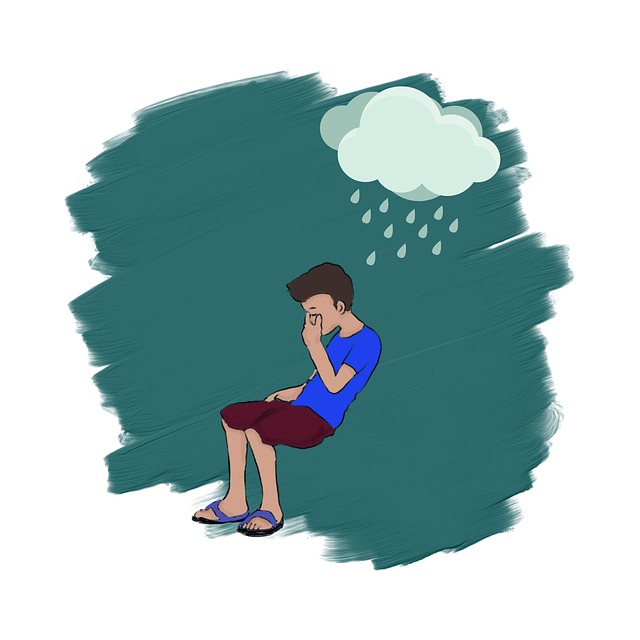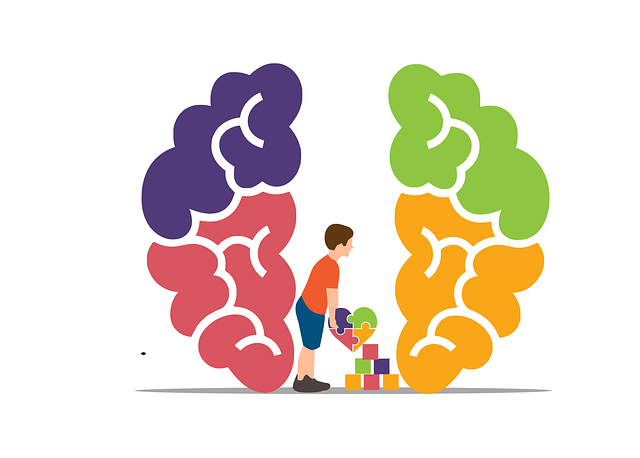In Highlands Ranch, effective risk management is paramount in mental health evaluations and therapy. Professionals proactively identify and mitigate risks through detailed client assessments, evidence-based strategies, and regular updates. Structured tools, staff training, open communication, and community outreach create a safe environment, enhancing care quality and ensuring positive outcomes for all clients.
In the high-stakes field of mental health practice, effective risk management is non-negotiable. This comprehensive guide explores essential strategies tailored to professionals in Highlands Ranch therapy settings. From understanding risk management fundamentals to identifying specific hazards and developing robust plans, we navigate best practices for mitigating risks associated with mental health evaluations. Learn how to implement and monitor strategies that ensure patient safety while fostering a nurturing therapeutic environment in Highlands Ranch mental health practice.
- Understanding Risk Management in Mental Health Practice
- Identifying Potential Risks and Hazards in Highlands Ranch Therapy Settings
- Developing a Comprehensive Risk Management Plan
- Implementing and Monitoring Effective Risk Mitigation Strategies for Evaluations
Understanding Risk Management in Mental Health Practice

In the highland of mental health practice, risk management planning is a cornerstone of delivering effective and safe therapy services, be it in Highlands Ranch or any other location. It involves a systematic approach to anticipate, assess, and mitigate potential risks that may arise during evaluations and therapy sessions. This proactive strategy ensures the well-being not only of clients but also of mental health professionals themselves, fostering an environment conducive to healing and growth. By integrating Mind Over Matter Principles, therapists can create personalized plans that address individual client needs, enhancing the overall quality of care.
Regular mental wellness journaling exercises and self-care practices are integral parts of this process, helping practitioners maintain their own mental health while they support others’. These activities not only promote resilience but also enable professionals to recognize early signs of potential risks, such as burnout or secondary trauma. Ultimately, a robust risk management strategy enables mental health practitioners in Highlands Ranch to provide therapy with enhanced confidence and competence, ensuring every client receives the highest standard of care.
Identifying Potential Risks and Hazards in Highlands Ranch Therapy Settings

In Highlands Ranch therapy settings, mental health professionals must meticulously identify and assess potential risks and hazards to ensure a safe and supportive environment for clients. These risks can vary widely, encompassing everything from administrative errors in client records to acute emotional crises during sessions. Regular mental health evaluations are crucial to uncovering these hidden dangers, allowing therapists to proactively develop effective risk management strategies.
Highlands Ranch mental health professionals should consider factors such as client demographics, past traumatic experiences, and pre-existing conditions that might exacerbate stress or trigger adverse reactions. Moreover, the dynamic nature of therapy sessions necessitates constant vigilance. Through ongoing training in coping skills development and social skills training, therapists can equip themselves to handle a range of challenges, from managing client anxiety relief during intense discussions to de-escalating potentially dangerous situations.
Developing a Comprehensive Risk Management Plan

In the highland of mental health care, effective risk management is paramount for professionals providing therapy and evaluations in Highlands Ranch or any other setting. Developing a comprehensive risk management plan involves several strategic steps. First, conduct a thorough assessment of potential risks associated with client populations, treatment modalities, and the environment. This includes identifying vulnerabilities related to emotional intelligence, mindfulness meditation practices, and emotional regulation challenges within your practice.
Once identified, integrate evidence-based strategies into your plan. These might include implementing protocols for crisis intervention, regular staff training on de-escalation techniques, and fostering a culture of open communication where clients feel safe to express concerns or triggers. Regularly reviewing and updating this plan is crucial, especially in light of emerging research and changing client needs, ensuring that your Highlands Ranch mental health practice remains a safe haven for all individuals seeking therapy.
Implementing and Monitoring Effective Risk Mitigation Strategies for Evaluations

Implementing effective risk mitigation strategies is paramount in highland ranch mental health evaluations and therapy sessions. Professional evaluators should incorporate structured risk assessment tools to identify potential hazards within each client’s unique context, encompassing personal history, current circumstances, and presenting symptoms. This proactive approach allows for tailored interventions and safety plans, ensuring the well-being of both clients and therapists during challenging evaluations.
Ongoing monitoring is essential to the success of these strategies. Regular review of client progress notes, coupled with periodic risk reevaluations, enables mental health professionals to identify emerging risks or changes in a client’s condition. Adaptability is key; modifying risk mitigation plans based on new information ensures interventions remain effective and responsive to individual needs. Incorporating elements like community outreach program implementation and self-awareness exercises can further strengthen risk management, fostering a holistic environment that promotes positive outcomes for both therapist and client during highland ranch mental health evaluations.
Mental health professionals in Highlands Ranch must proactively address risk management planning to ensure safe and effective therapy. By understanding key risks, identifying potential hazards in their settings, developing comprehensive plans, and implementing targeted mitigation strategies for evaluations, practitioners can create a secure environment that promotes healing and positive outcomes for clients. Incorporating these practices into the fabric of Highlands Ranch mental health therapy is paramount for maintaining a professional, responsible, and thriving practice.














